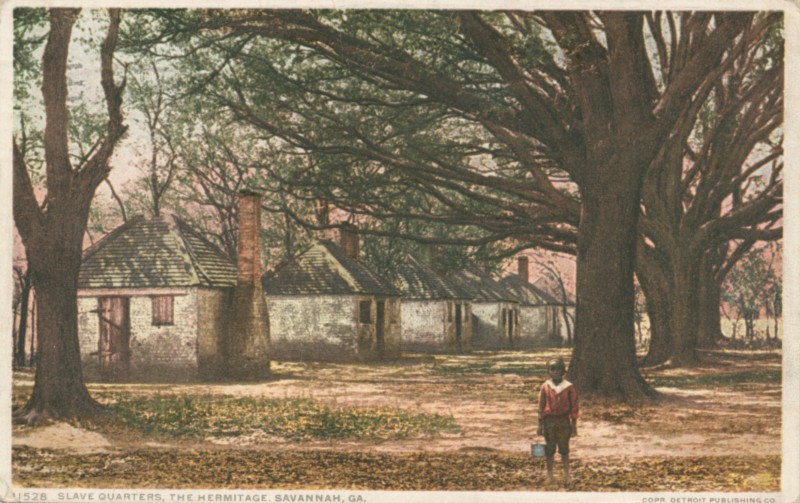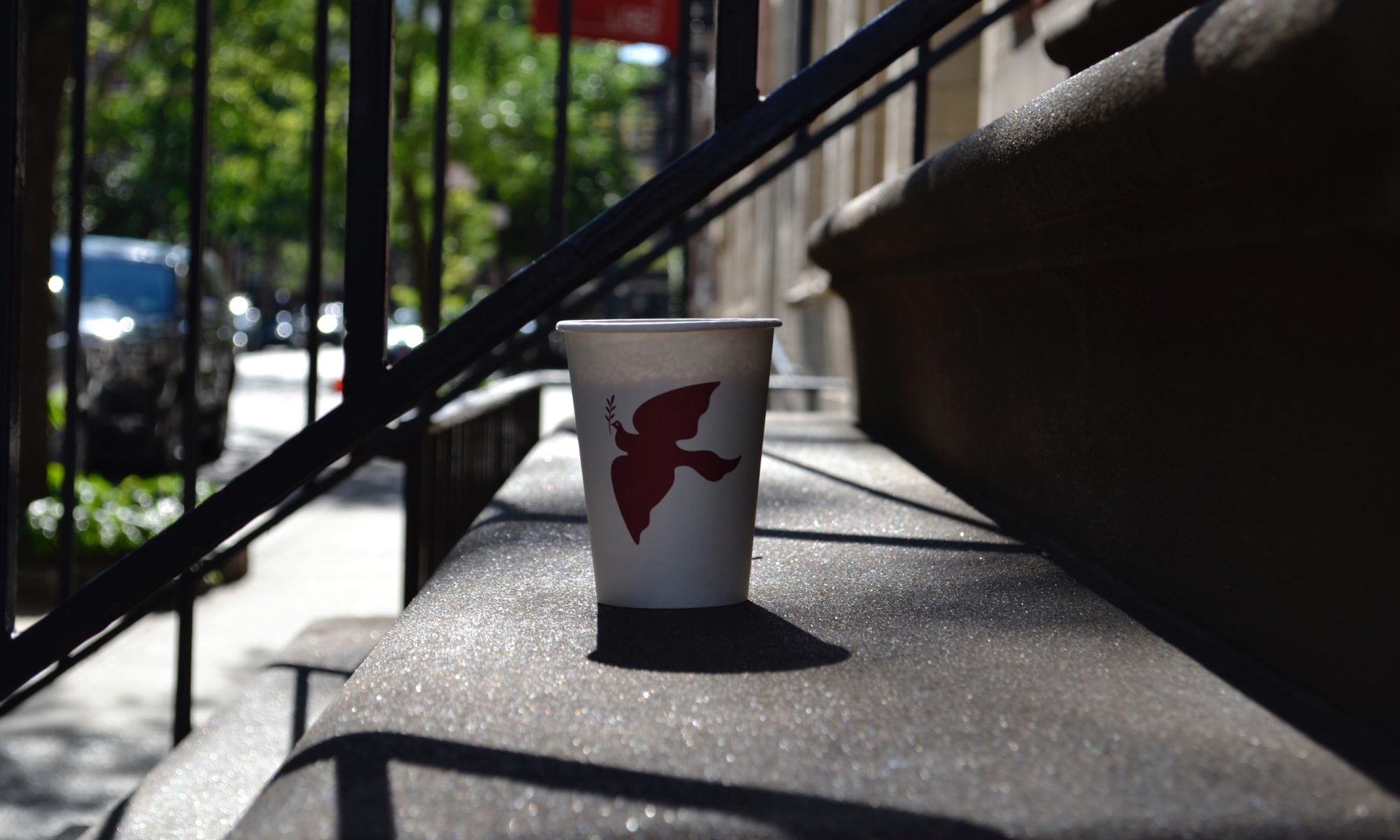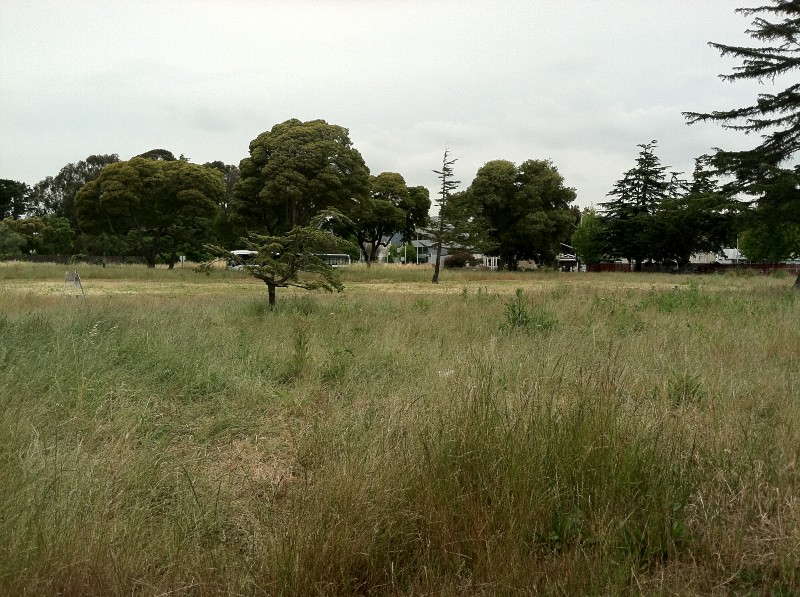
Any discussion of Hamilton, the show currently topping Broadway’s box office, starts with the elevator pitch: a hip-hop musical about the life of our nation’s first Secretary of the Treasury.
It’s important to get that description out of the way, because, if you grew up around the time I did — I’m a child of the 80s, roughly the same age as Hamilton’s star and composer, Lin-Manuel Miranda — you grew up at a time when hip-hop might happen when you least expected it, in the most unwelcome places. You could be minding your own business, watching Saturday morning cartoons or some kid-friendly comedy destined for the bargain bin at Blockbuster Video, when, out of the blue, any cartoon character or respected actor or elected official might break out into shudderingly awkward rhymes.
It was meant to be funny. The joke lay in the perceived contrast between the act of rapping and the person spitting rhymes on the 1 and 3. That person was frequently older, often respectable, and inevitably white, and, if a contrast was to be made, it must mean that rap was young, disreputable, and black. Rap was a signifier for blackness; the performance was a minstrel show, the rap itself a kind of blackface. Suddenly, the performance was a white space, and I was black. The performer was speaking to an audience that suddenly excluded me; the story became a narrative I could only watch from the outside. The joke was on me, and no laugh track could drown that out.
I would come to experience this in real life, too, finding myself suddenly black in white spaces. Often, they were spaces I hadn’t even known were white until a “gotcha” moment invariably left me writhing in silent shame. As a child, I turned a Little House on the Prairie page to find Pa Ingalls in grinning blackface; as an adult, a colleague jokingly called a spreadsheet “ghetto” and a suddenly white room erupted into laughter around me. I came to feel like an unwanted character who kept cluelessly wandering back into the narrative, only to be written out over and over again. I had no place in the story. The feeling of erasure was, at times, unbearable.
If I was reluctant to see and experience Hamilton, at first, it was because Hamilton’s high-concept pitch smacked of a kind of erasure. Rap music was first made by unwanted characters who were brave and talented enough to write their own narratives. Most rappers cast themselves as the lead characters in an ongoing saga that they are constantly writing and rewriting; lyricists have the enormous power to own their own stories, whether on the outskirts of mainstream American culture or close to its acquisitive heart. Hip-hop as a whole delineates a proudly black space where those lyricists’ unique signifiers, references, and vocabulary are shared, valued, and understood. Removing rap from this supportive space can undermine its power. The mainstream culture is then free to impose its own narratives on rap — rap as the music of violence, rap as a harbinger of cultural breakdown, rap as an alien and hilarious sideshow — and those narratives silence the authors. I was concerned to see hip-hop in the most deliberately white space I could imagine — to see Biggie Smalls and Busta Rhymes dropped down in Revolutionary America, before a live, mostly white audience.
Instead I would discover that the ultimate point of Hamilton might be the story of unwanted characters taking control of the narrative and telling the story on their own terms.
I write historical fiction and fantasy, so, to build entire worlds, I study a wide range of history, from ancient Sumeria to Georgian England and beyond. Yet I came to Hamilton with surprisingly little knowledge of American history. I’ve rewritten the story of Creation itself; I could easily have had my revenge on the American past a long time ago, putting myself on Plymouth Rock or electing the first Black president two hundred years before Obama. I didn’t. In America, I felt uniquely constrained by the narrative I’d grown up with, the dominant narrative of American history that began with the Mayflower and proceeded right past me into the present day. I couldn’t engage with it. It didn’t feel like mine to change.
My first traceable ancestor enters the historical record already in chains. Somewhere in South Carolina, sometime around 1790, an unnamed African slave gave birth to my grandmother’s grandfather’s grandfather, Newman Ingram. Meanwhile, Alexander Hamilton and the Founding Fathers were defining what freedom was going to mean in these newly United States, writing an intentionally white narrative that very deliberately erased and excluded people of color. From the beginning, mainstream American history was a carefully-defined white space where Newman Ingram and, by extension, I did not belong. Even in the post-Civil Rights era, when I came of age, black history was taught in periodic asides, as if making it clear that Black History and American History were not the same thing. African-American history was an alternate American story, the narrative of a people in the shadow of Independence fighting for a place in a narrative never meant to include them.
The first history books I acquired outside school were a series of illustrated booklets celebrating famous Black inventors, educators, innovators, and explorers. The Black American narrative — that ongoing struggle — was, I learned, the story of a series of exceptional Black people whose names didn’t make it into American history textbooks: Jean Baptiste Point du Sable, Madam C. J. Walker, Garrett Morgan, Bessie Blount Griffin, Matthew Henson, and dozens more. It was like stumbling on a secret Black history of America. What I learned of the early United States I learned through studying their lives. Their stories were collated into a parallel American narrative in which racial progress — that is, freedom — was driven by greater and greater Black achievement. Invariably, these famous Black people became so important that they were allowed provisional entry into white spaces; by proximity, they brought Black Americans closer to emancipation.
These examples of Black excellence and what it could do were meant to elevate me. If these heroes could survive in an America where they were not regarded as citizens — or just barely — then surely I could be the first person in my family to graduate from college. As Michelle Alexander puts it in her already seminal The New Jim Crow, “Black success stories lend credence to the notion that anyone, no matter how poor or how black you may be, can make it to the top, if only you try hard enough”. And those that try hard enough pave the way for everyone else: by achieving even beyond my potential, I could be personally responsible for Black uplift. The more Black Americans achieved, separately and collectively, the closer the story of Black America would come to merging with the main narrative of American history. While the Founding Fathers and their direct descendants were making a more perfect union, Black people were making themselves worthy of it. In a last-minute twist, it would turn out that we had been Americans all along.
I’ve spent the entire Obama administration trying to reconcile my two American histories. It’s an especially personal project as my children grow older and I begin to see America — both historical and contemporary — through their eyes. On the one hand, they’ve come of age seeing Black exceptionalism’s apotheosis: what could be a greater achievement than the election of the first Black president? On the other hand, they are coming of age at a time when every week seems to bring new evidence that Black people are still not part of the main narrative — not even as it unfolds in real time.
These days, I don’t bother to turn on the television when I want to know what’s happening in Black America. The Ferguson protests taught me that, while news networks were content to regurgitate “official” news filtered through biased sources, Black activists were sharing unedited video footage and on-the-ground reporting through social media channels. On Instagram and Twitter, I saw tanks menacing Black citizens on American streets. On CNN, I saw Black “looters”. Black America is still responsible for telling its own story. Which version of events, I wonder, will join the main narrative in history textbooks? Who will have the right to recount this history, and what story will they choose to tell?
Hamilton, as it turns out, also tells the story of how history is made. We watch as competing perspectives are curated into one single, coherent story — the story of a past that continually shapes what comes next.
https://www.youtube.com/watch?v=ZPrAKuOBWzw?t=9m4s
In the opening number, we learn that the dominant narrative of American history as we know it is wrong; Alexander Hamilton’s enemies sullied his reputation and diminished his out-sized role in creating American institutions. Hamilton goes on to challenge that narrative, redeeming the story of one of history’s underdogs. It does by telling the story from a new perspective, the perspective of someone disenfranchised.
Whoever tells the story, Hamilton teaches us, holds an almost incalculable power to rewrite the past and the future. But, first, that person must take charge of the narrative. That person must be empowered to tell the story. Then they can make the narrative their own. And, when the narrative is the story of an entire nation, the person who tells the story has the power to change the present around us.
In Hamilton, the “Founding Father without a father” believes himself the hero of a story he must finish before it’s too late. Aaron Burr, his historical nemesis, struggles along, railing against being dragged in Hamilton’s wake. In the end, not even killing Hamilton in that infamous duel frees Burr from the narrative. Yet, when the tale has been told, we realize that the historical record was actually preserved by Alexander Hamilton’s wife Eliza, someone who had even less agency — far less — than Burr. She is the one who has written the story Burr is narrating; by claiming the right to tell this story, even though she had little power to affect the ongoing events, Eliza has ultimately made it her own.
Casting almost every part in Hamilton — including Eliza, played by Phillipa Soo — with an actor of color draws sharp attention to who is currently telling Eliza’s story: a company of young and talented people, mostly of color, many of whose ancestors would not have felt like full citizens in 1776. They create an implicitly colored space, placing American history in a new context. Using hip-hop’s inherent power, they build an America the Founding Fathers would not recognize on sight, narrated in verse intricately layered with rap and hip-hop references they would not understand. People who would have been marginalized when America was being born impose their own narrative. And, as with Eliza, as soon as they begin to tell the story — as soon as actor Leslie Odom, Jr. opens his mouth — it is already their story.
Watching Hamilton, I was deeply emotional, and not merely because it is a gripping and moving story. I realized, sitting there, that claiming the story as your own can be as radical and empowering an act as declaring war on a major foreign power and then having the audacity to create a new country whole-cloth. In its casting, in its deft use of uniquely American art forms, in its rich symbolism, Hamilton claims the story of America as every American’s story. My ancestor Newman Ingram’s story is my story and Alexander Hamilton’s story is also my story because they are both Americans and I am an American. The Founding Fathers are mine after all; the story of the founding of America is inextricable from the story of slavery. The story of America is every American’s story, and we should all feel empowered to read it, write it, and tell it, from whatever perspective. We’ve always been part of this story because it’s our story. It turns out we really were Americans, all along.
Image by Detroit Publishing Company — http://digitalcollections.nypl.org/items/510d47da-36f7-a3d9-e040-e00a18064a99, Public Domain, https://commons.wikimedia.org/w/index.php?curid=47047742
Originally published at www.marcellawhitecampbell.com

